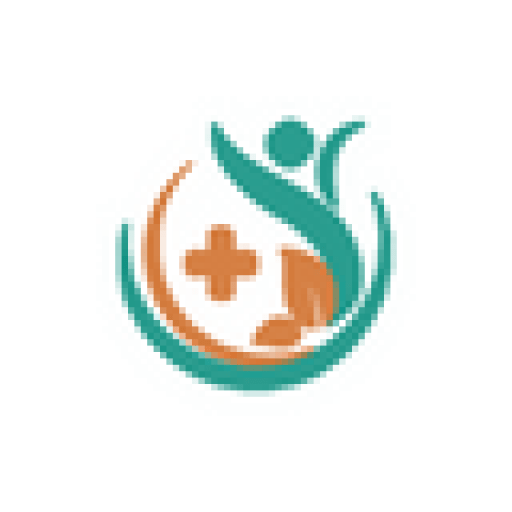Essential Pharmacovigilance Reporting Types Every Healthcare Professional Should Know
Essential Pharmacovigilance Reporting Types Every Healthcare Professional Should Know
Introduction
In today’s busy healthcare world, keeping track of medicine safety is super important. This is what pharmacovigilance is all about. It helps find, understand, and prevent bad effects from medicines or other drug-related problems. Good pharmacovigilance reporting helps find risks with medicines and makes patients safer.
Pharmacovigilance isn’t just for scientists and health officials. Doctors, nurses, and other healthcare workers also play a big role. They report bad reactions to drugs and other safety issues. By doing this, they help keep medicines safe and effective, which improves healthcare services.
What is Pharmacovigilance?
Pharmacovigilance means activities that help find and understand bad effects or problems with drugs and prevent them. The goal is to make sure medicines are safe, making them safe to use for everyone.
Healthcare workers are always with patients, so they can see and report drug problems right away. Their reports are important to keep a complete safety record and to keep checking the safety of medicines.
Core Pharmacovigilance Reporting Types
1. Case Safety Reports (ICSR)
These are detailed stories of bad events a patient experiences after taking a medicine. The report includes information like patient details, the drug given, what happened, and the result. It’s important to include all key facts to paint a clear picture of the event. When writing and sending a case safety report, remember to keep patient details private, add all important info such as the timeline, and send it quickly to the right authorities.
2. Periodic Safety Update Reports (PSUR)
These reports are important for checking drug safety over time after they are sold. They gather all safety information found over a set period. Usually sent every six months to one year after a drug is introduced, these reports have new safety data from different sources. They help track the long-term safety of a drug.
3. Risk Management Plans (RMP)
These are big safety plans given to health officials when a new drug seeks approval. They show possible risks, ways to lower those risks, and how to keep watch of these strategies. A good RMP has a risk check, a plan for pharmacovigilance, and steps to lower risks, like more clinical tests or providing learning materials for doctors.
4. Signal Detection and Management Reports
This is about finding possible safety problems from different data. Signals might show new bad reactions or changes in how often or how serious known reactions are. Ways to spot safety signals include studying data, using statistics, and expert reviews. Finding these signals early helps respond quickly to safety issues.
5. Suspected Adverse Drug Reaction (SADR) Reports
This report is about bad effects from using a drug. It’s different from expected side effects because it might be surprising and serious. Steps for writing these reports include collecting all data on the incident, checking how likely it was caused by the drug, and sending it to the right health body. Some famous cases, like taking back some anti-inflammatory drugs for heart risks, show why quick SADR reporting is so important.
6. Literature Reports
Doctors and drug companies watch scientific writings for new safety problems or trends. They use online tools to catch new studies, sign up for alerts, and often review medical journals to stay updated.
7. Aggregate Reports
These reports look at overall drug safety by collecting data from many cases. They focus on spotting trends or patterns not obvious in just one case. Unlike single reports, which look at one event, these reports give a broader view of a drug’s safety over time. They contain safety trends, possible new risks, and risk benefits to show health agencies.
8. Product Quality Complaint Reports
These are about problems with the physical features of a drug, like how it looks, packaging issues, or strength problems. Reporting these issues ensures only safe drugs go to patients. Problems might include contamination or uneven packaging. Healthcare workers should fully record the problem and report it to their pharmacy or health authorities.
9. Expedited Reporting
This is about quickly submitting data on bad events that could greatly affect patient safety. It’s needed when an event is serious, unexpected, and needs quick attention. Usually, these reports must go to health authorities fast, as soon as within 15 days, because delaying can harm patients and lead to penalties.
10. Specific Population Reports
Different groups of people might face unique safety concerns from drugs, such as kids, older adults, or pregnant women. Reporting rules vary to fit their unique risks and how they react to drugs. Special notes include changed dosing, risks during pregnancy, and extra checks. Accurate reports help manage risks for these groups.
Challenges in Pharmacovigilance Reporting
Healthcare workers face challenges in pharmacovigilance reporting like little time, not knowing the process or being unsure about reporting an event. To overcome these, they need training and to understand why pharmacovigilance is important. Technology and electronic reporting can help make reporting easier and more accurate by simplifying data collection and submission.
The Future of Pharmacovigilance
Pharmacovigilance is getting better with new trends and technologies like artificial intelligence and machine learning, which improve data analysis and signal finding. These tools are faster and more accurate than old methods. Continuing education is important so healthcare workers are up-to-date and able to improve drug safety.
Conclusion
Understanding the key pharmacovigilance reporting types helps us see how important it is to be vigilant, report accurately, and keep learning. By staying informed and taking part in pharmacovigilance, healthcare workers make patient health safer and help improve the whole healthcare system.






